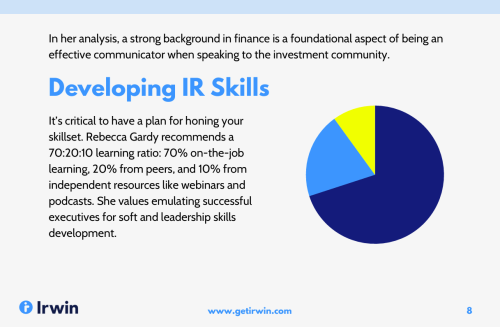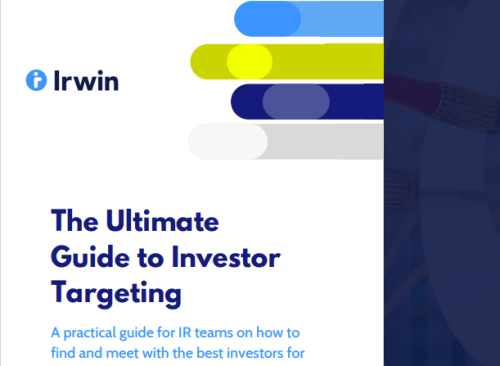The 2023 proxy season is shaping up to be one for the ages. With a forecast record number of shareholder proposals, unprepared companies could find themselves under pressure from all sides.
As the threat of a recession looms, both activists and active owners are absorbed in maximizing corporate margins to weather ongoing economic uncertainty. With firms already burdened by rebuilding from the multitude of disruptions caused by the pandemic, additional pressures may spread resources even thinner, signaling companies to roll back anything perceived as excess. This could include cutting longer-term R&D projects or delaying further investments in employees through wages and benefits – even though research shows that such activities lead to long-term value creation.

This begs the question: how can companies remain committed to activities that generate long-term value in turbulent times? Amid the chaos, companies would be wise to lean on their long-term shareholders for support. Companies with a greater proportion of long-term shareholders are associated with higher long-term return on invested capital and are likely to face fewer material shareholder proposals. By engaging long-term shareholders, companies can tune out the short-term noise and stick to their long-term strategy. Simple, right?
Easier said than done. A 2022 FCLTGlobal survey explored the gaps, inconsistencies and pain points in engagement experiences between companies and investors. Of those surveyed:
- More than 60 percent faced hurdles in accessing long-term-oriented investors. Long-term investors are a large part of most companies’ shareholder base but companies themselves don’t talk to these allies nearly enough
- Companies face difficulties engaging with the decision-makers among long-term investors. More than half of those surveyed aimed to talk to portfolio managers but their success rate was below 50 percent; instead of portfolio managers, companies get redirected to lead sector analysts or engagement/stewardship teams. While lead sector analysts and engagement teams provide good feedback, they do not directly manage money and are not the ones making the buy/sell decisions
- Companies struggle with cultivating longer-term shareholder bases. An overwhelming 90 percent of investors took ownership characteristics into account when engaging with portfolio companies, but only 50 percent of the companies proactively tailored their communications and engagement strategies by investor type. Communication and engagement efforts are typically ‘one size fits all’, resulting in homogenous, generic statements that fail to consider the specific priorities of the long-term shareholder bloc.
Companies that are more tactical in leveraging their long-term shareholder bases will build more support and resilience for their long-term strategy. To address the obstacles above, companies should consider:
- Thoroughly analyzing your shareholder base – Understand who your long-term owners are, why they are owning your stock and what their priorities are going into 2023
- Being proactive in your engagements – Don’t wait until proxy season to engage with your large, long-term shareholders. Aim to have regular check-ins and not wait until the shareholders come to you at every AGM season
- Tuning out the noise – When it comes to the myriad demands of shorter-term shareholders, it is perfectly fine to give them less airtime via lower levels of corporate access
- Prioritizing meetings with the right people – Speak to both the key investment decision-makers and the engagement team during meetings (this could be the same team at some firms), seek to understand and address these shareholders’ primary concerns and bring additional subject matter experts or top leadership (the executive team or even the board) to respond to investor concerns when needed
- Actively promoting long-term strategy through tailored communication – Treat the growth and cultivation of a long-term shareholder base as a key component of your core business strategy. Tailor communication and engagements toward long-term value creation instead of letting the chips lie where they fall. Integrate ESG plans into long-term roadmaps and grant long-term shareholders access to senior management and independent board directors on request, where appropriate.
Rome wasn’t built in a day and while there’s no immediate solution for companies to transform their shareholder base overnight, what companies need to be cognizant of is who owns them and how to engage relevantly and proactively. For all the forecast record-breaking shareholder proposals and transient demands of companies, one thing is certain: companies need the support of their long-term shareholders to make things work.
Allen He is a research director at FCLTGlobal










